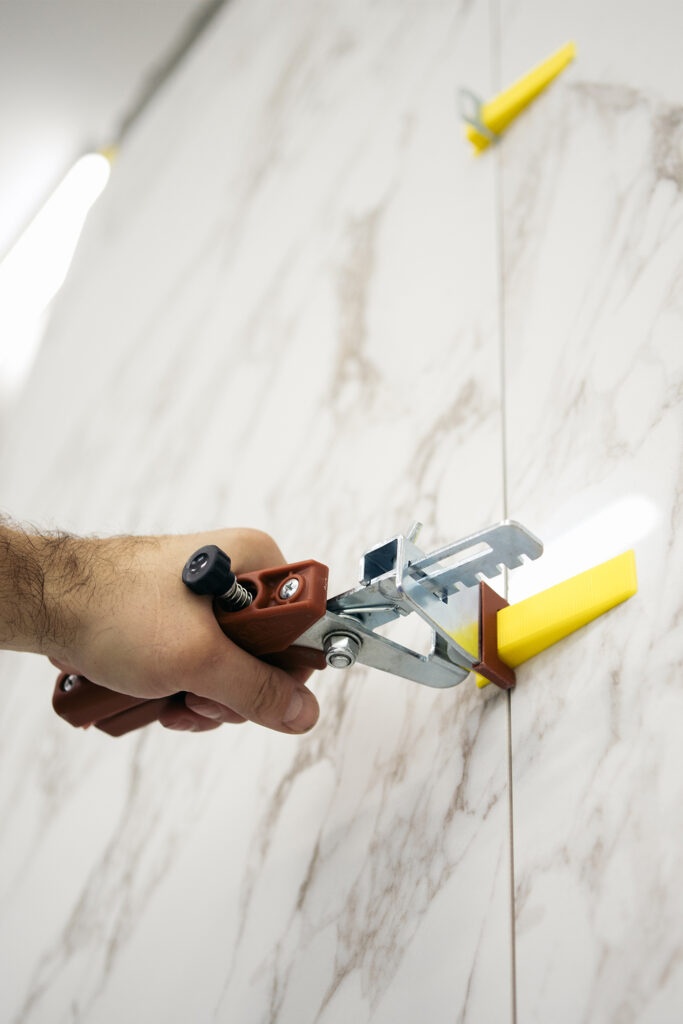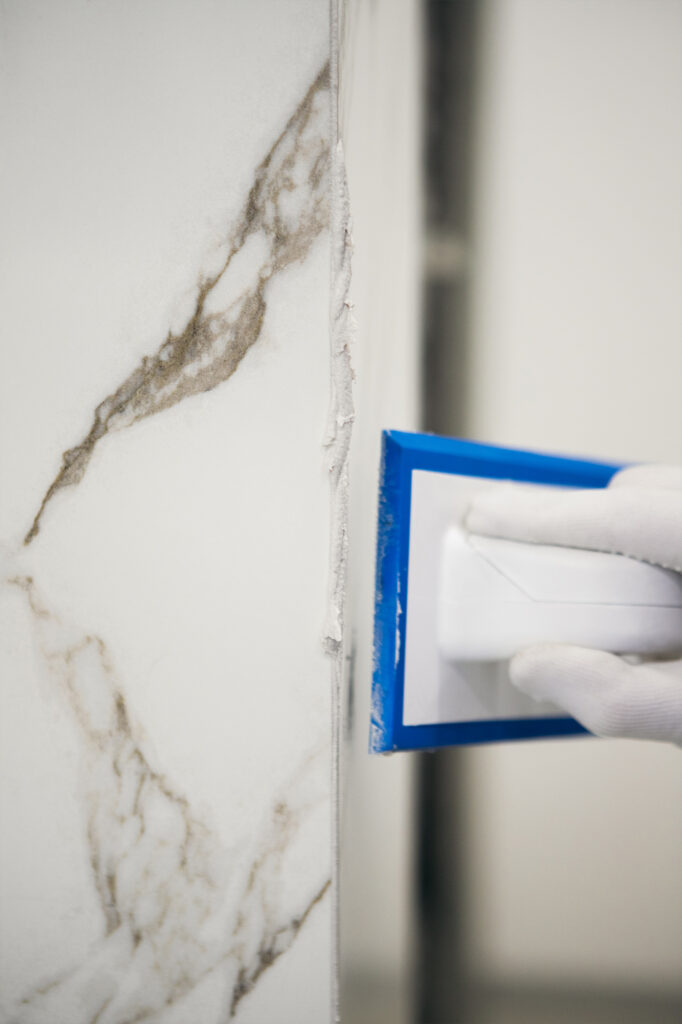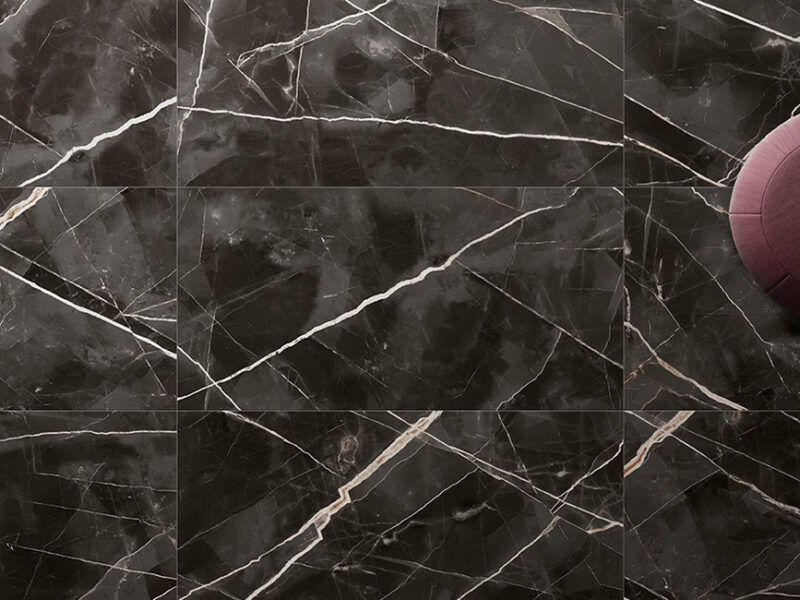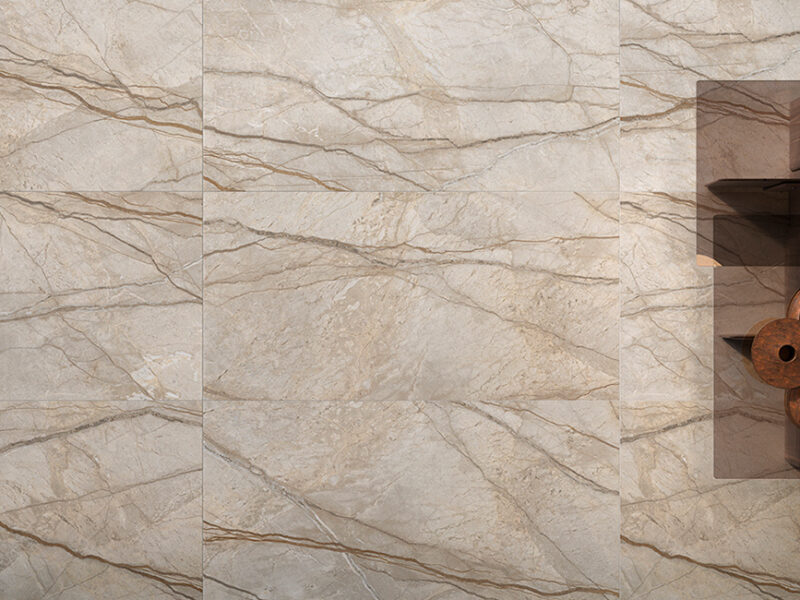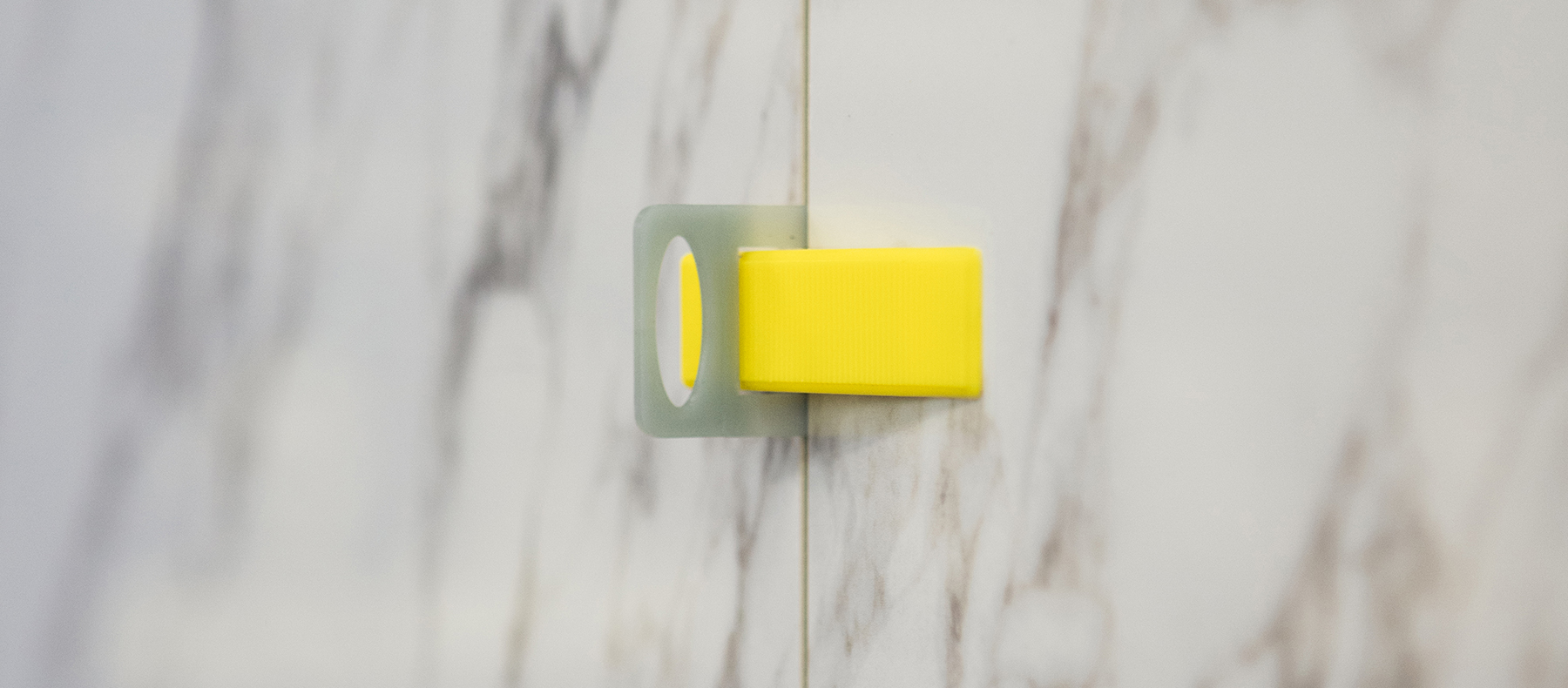
Is it possible to install porcelain stoneware without grouts?
Groutless installation is one of the most frequently asked questions by customers and designers. Given the improved quality of products due to advancements in production technologies, increased competence of tilers, and better equipment for high-quality work, there’s a strong temptation to make everything as “beautiful” as possible, often ignoring warnings and recommendations.
Experienced specialists understand this well, but for first-time customers, we explain that good porcelain stoneware is only half of the final product. The final product is the installed tile, which is also the result of professionals working together. Complaints about the quality of porcelain stoneware are only accepted for materials that have not been installed.
We do not recommend it!
Even if everything is done correctly and with high quality, there are unforeseen risks associated with vibration, thermal, and mechanical loads that occur within the building structure.
Due to this, additional expansion joints are needed for large areas exceeding 25 m².
In theory, only rectified porcelain stoneware can be installed with minimal grout. However, even in this case, the grout should be at least 2 mm (we’ll explain why later).
You can read more about the difference between the two types of tiles in the article “Rectified vs Non-Rectified Porcelain Tiles – How to Choose“. So, we won’t discuss non-rectified tiles further but will focus on porcelain stoneware that is cut at the edges at a 90-degree angle during edge processing.
This type of porcelain stoneware is appealing due to its ability to be installed with minimal grout.
So, here’s why we advise against it:
- 1) Any tile, even the flattest one, has a tolerance of ±0.5 mm on any side, which is considered normal (according to UNI EN ISO 10545-2 standard). Now imagine if you install these tiles edge to edge, you may end up with a situation where the grouts don’t align and are “dancing.” This doesn’t look good.2) It’s particularly important not to lay tiles edge to edge in damp rooms — water will seep into the gaps, creating a perfect environment for bacteria and mold to thrive.3) If porcelain tiles are used as a covering for heated floors, where all materials are subjected to drastic temperature changes, the tiles may detach from the base if laid without a grout.
4) It’s worth noting that a 1-mm grout doesn’t provide the level of gap filling with grout that is recommended for high-quality grouting. Specifically, not less than ⅔ of the grout depth. This effect can only be achieved by using grouts that are at least 2 mm thick.
Interested in more useful information that could assist with your renovation?
Welcome to Italon’s “Laying and maintenance” blog.


